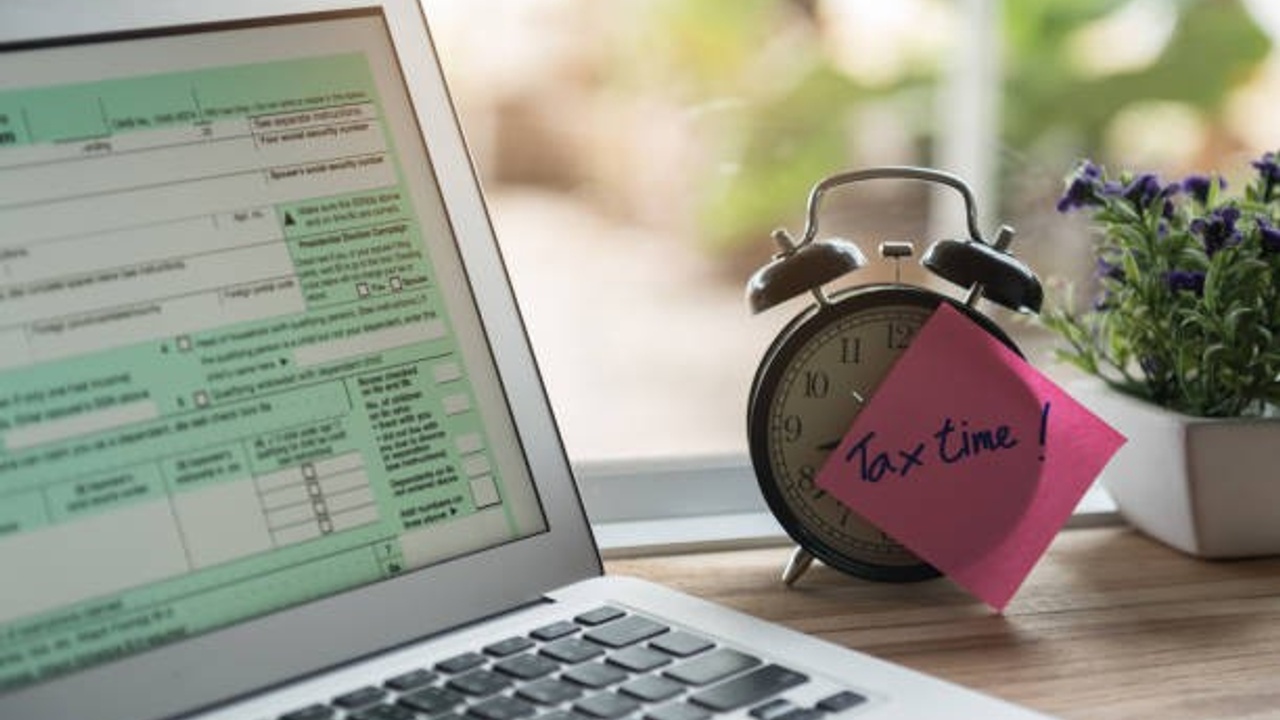Do yourself a favour by having a Tax Time Hour of Power!
Jun 10, 2022
By Belinda White
It’s that time of year that money-minded ladies love: tax time! No, not for the stocktake sales (although, they are great), but for the opportunity to do a mid-year money check-in.
Maybe you don’t have complicated finances to sort out by June 30. But you do have some opportunities to set up a little money date with yourself, and see how you’re tracking.
One of the big questions for your money date should be:
“Have I reduced my tax by maxing my super?”
What magic is this, you ask? Well, listen up.
When you get paid your salary, you get charged your marginal tax rate – anywhere between 19 cents and 45 cents in the dollar, depending how much you earned.
Superannuation contributions – whether the compulsory ones paid by an employer, or additional ones paid by you – are only taxed at 15 cents in the dollar. That’s a potentially big tax saving.
But this only applies to ‘concessional contributions’ – fancy lingo for ‘super tax friendly contributions’.*
The government lets you make up to $27,500 of these payments every tax year**. For example, if your employer contributions add up to $15,000, then you can add anywhere up to $12,500 on top of that.
Now, you can do these extra payments a few ways:
- Regular salary sacrifice – you tell your employer to take out a specific amount or a percentage of your salary every pay cycle, and they do it all for you, from your pre-tax salary. This means you are receiving that sweet 15% tax rate at the time.
- Regular DIY Payments – if your employer doesn’t do salary sacrifice, you can just do it yourself, usually through a simple BPAY transaction – same as paying a bill, but it’s to your super fund. Now, because it’s coming from your after-tax pay packet, you are not getting the sweet 15% rate… yet. You have to wait until your tax return, then you get it back.
- Lump sum DIY payment – if you get a windfall, this is one option for tucking it away safely. But another way is that you wait until the end of the tax year and see if you have some spare cash to top up your super. Again, this is going in at the normal tax rate, but when you do your tax return post-July, you will get the difference back in the form of a bigger refund.
The key here is to be clear on how much super you have already paid over the financial year – usually by looking at your payslips or asking the friendly payroll people. In the example above, if you have already paid $15,000, you can add the additional $12,500 (if, in some wonderful universe, you have that much available).
So, you are doing yourself a couple of favours in these scenarios.
The first favour is giving your future self a better retirement. With the magic of compound interest, putting a little bit away now can have a big impact 20 or 30 years from now.
The second favour has a bit more instant gratification. By paying more concessional super contributions, you reduce your overall taxable income, pay less tax and hopefully, get a nice bump in your tax return.
And hey, when we put it like that, who wouldn’t want to spend an hour of power topping up their superannuation?
A couple of notes:
*You can pay more than $27,500 into super, but it may not be taxed at the lower rate. Read more here.
**If you have not met the concessional contribution cap in previous years, you may be able to add more this year! These “carry forward” rules involve accessing unused concessional cap amounts from previous years. Click here to read more.
Overall, there is a wealth of knowledge on the ATO website about superannuation – check it out here: https://www.ato.gov.au/Individuals/Super/



